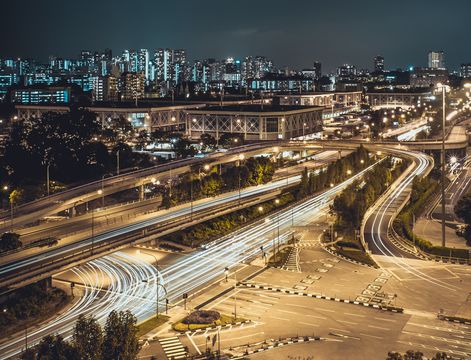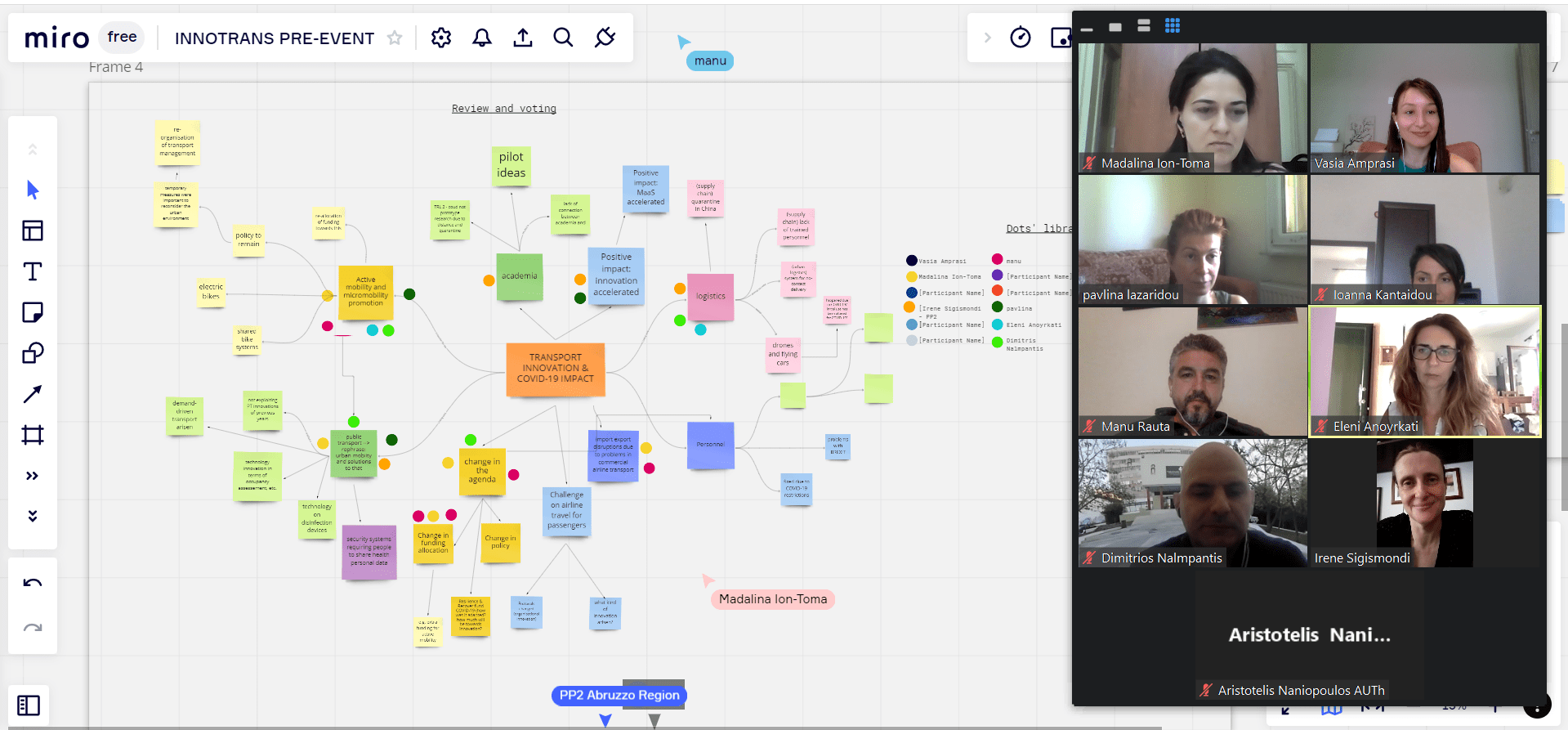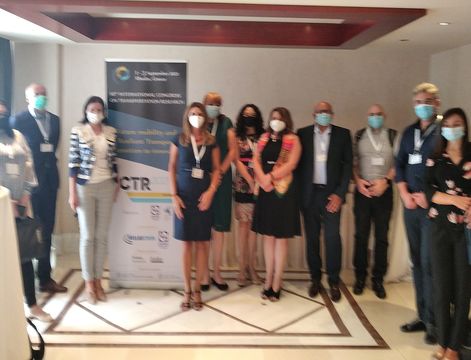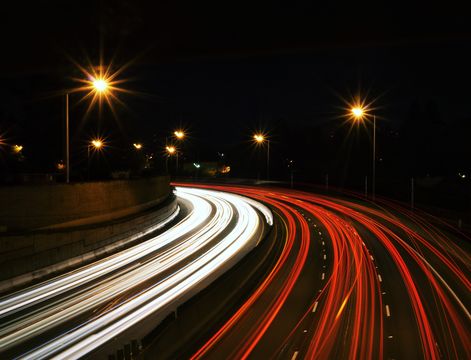General information about Abruzzo Region
Abruzzo is a region of Italy in Southern Italy. Its western border lies 80 km east of Rome. The region is divided into the four provinces of L'Aquila, Teramo, Pescara, and Chieti and occupies an area of 10,862 km² and has a population of 1,332,689 inhabitants.
Abruzzo is known as "the greenest region in Europe" as one third of its territory, the largest in Europe, is set aside as national parks and protected nature reserves: there are three national parks, one regional park, and 38 protected nature reserves.
The territory of Abruzzo is characterized by internal mountain areas belonging to the category of "areas subject to natural disadvantages", whose environmental characteristics make social and economic development difficult, especially in the agricultural sector. Much of the surface is protected and valued for its naturalistic importance. If on the one hand this creates opportunities for tourism development and the offer of typical quality products, on the other hand it highlights structural characteristics that require integrated actions to promote the homogeneous development of the territory.
Demographic impoverishment, aging of agricultural entrepreneurship, organizational and structural weakness of farms, inadequate infrastructure of the territory, lack of services offered to businesses and the population, low diffusion of broadband which creates a condition of significant infrastructural digital divide, are all elements which make the growth of these areas more difficult and which impose a common effort on the part of institutions and individuals.
The mountain areas are affected by homogeneous critical issues with regard to economic development, i.e. the critical aspects attributable to internal and mountain areas, often difficult to reach or poorly connected with multimodal transport solutions.

General aspects about mobility in Abruzzo Region
The total demand for transport can be divided into two types: the demand for “systematic mobility”, corresponding to the number of daily trips for study and work reasons, and “other mobility”, which is more occasional and is linked to population movements for other work or personal reasons (occasional business trips, transfers for purchases or for access to services for personal business, etc.).
In Abruzzo, in 2016 , people who move daily to get to the place of study or work are 601,776, equal to almost half (to be precise, to 46%) of total residents.
Two thirds of the regional systematic trips (399.409, equal to 66.4%) take place for work reasons; 202,637 trips (equal to about one third, or 33.6%) are for study reasons.
60% of the systematic trips in Abruzzo take place within the same municipality (urban mobility): 360,944 people move in the same Municipality in Abruzzo. The figure is very relevant for our purposes: in each of the four provinces of Abruzzo, urban transport affects no less than 83 thousand people (minimum in the province of Pescara), up to about 105 thousand people (maximum in the province of Chieti).
On the other hand, the daily systematic trips for a municipality different from the one of origin (suburban or extra-urban mobility) are 240.832, approximately 40% of the total.
Three quarters of the systematic trips to another Municipality (182.069 equal to 75.6%, to be precise) are for work reasons and about a quarter (58.763, equal to 24.4%) for reasons of study. Regarding the movements within a municipality, however, the percentages are very different: 143,604 intra-urban movements (39.8%) for study and 217.340 (60.2% of the total) for work.
The above data present different values in the four provinces: in general terms, however, the prevailing determinant of the systematic shifts is for work reasons, affecting from 56 to 65% of the total in each of the four provinces.
Systematic trips in Abruzzo take place mainly with private means of transport. Transport by private car, both as a driver and as passenger, is used by 404,838 people, equal to 67.3% of the total number of people who move daily. The percentage, growing in recent years, is also higher than the national one, and is substantially uniform in all the provinces of Abruzzo (oscillating between 65.7 and 66.7%), with the exception of that of L'Aquila (with value more than 70%), in which the characteristics of the territory and the type of mobility processes play an important role.
In any case, transport carried out with public or similar means (including school buses) involves in all provinces a share between 15 and 20% of total systemic mobility.
Article by Chiara Colangelo, Francesca Laschiazza
List of References
• ISTAT (2016) Spostamenti giornalieri Censimento generale della popolazione 2011, www.istat.it/pendolarismo/grafici_province_cartografia_2011.html
• ISTAT (2017) Principali statistiche geografiche sui comuni - Classificazioni statistiche www.istat.it/it/archivio/156224












